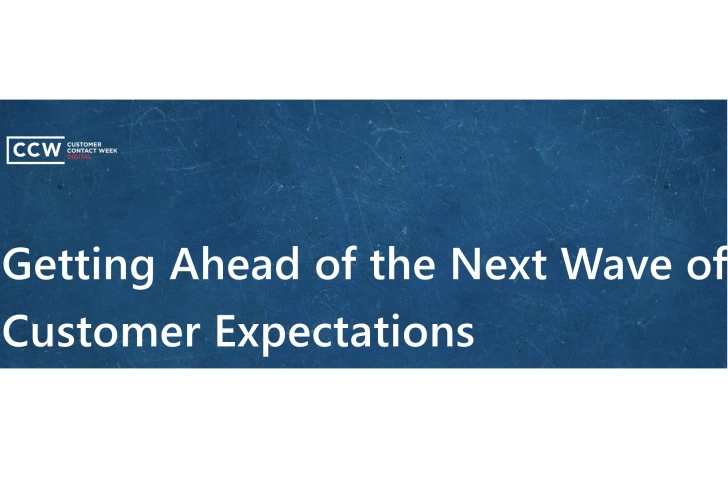Why Customers Don't Believe Companies With 'Unusually High Call Volume'
Add bookmark
When calling customer support, we expect to navigate through a few pre-recorded menu options -- but once met with the dreaded “unusually high call volume” message, many actually begin to feel like they are being deceived.
A new survey on consumer attitudes found that customers are becoming more intolerant and increasingly skeptical of these high call volume warnings. Almost 50% of respondents stated that they have some level of doubt regarding the truthfulness of these messages. When looking on social media, this sentiment is thoroughly mirrored with users consistently tweeting about the lack of transparency in high-volume language.
The most common criticism of the phrase is its use of the term ‘unusual’, with many claiming that it should not remain exceptional once it becomes a common, near-daily occurrence. Some users even argue that popular businesses actually encounter ‘unusually high call volume’ more than they have expected volumes. The ubiquitousness of the phrase has led to a level of distrust that needs to be rectified if industries do actually become overwhelmed with high volume once again.
High Volume vs. Low Resources
Experts actually do agree with customers in their distrust of high-volume messaging. According to the Los Angeles Times, there may be fewer agents employed with less access to resources as they’ve shifted to remote work. One call center executive noted that most companies were simply not equipped to handle the pandemic, and budget constraints have led to a 25% reduction in the number of agents currently answering phones. These cutbacks are a key reason why customers are being kept on hold.
Additionally, a lack of resources and inefficient staffing is not just a problem at times of intense volumes but marks any normal fluctuation in volume as heightened. This is where customer perception changes; they begin to blame any volume overload on the company and its lack of agent power and efficiency. And while it may be easy for customers to assume that a company should just hire more agents to account for higher volumes, it isn’t so simple for brands struggling amid the pandemic.
Therefore, rather than blaming the criticism on a lack of understanding, companies should evaluate this messaging to appear more transparent about high wait times, if resources cannot be adjusted. The problem lies more in the fact that customers feel companies are simply using this language as an excuse or a deflection tool.
Avoiding Customer Interactions
When customers hear ‘unusually high call volume’ messages, they may also assume that the company is avoiding an interaction over the phone altogether. Although we know companies have increased their digital offerings to please their tech-savvy customers, some may not prefer having their options limited to self-service initiatives. While these channels can be massively helpful in shifting volume as wait times do steadily increase, customers shouldn’t feel forced to meet the company online -- it’s meant to be the other way around.
Therefore, using language that positively reinforces the value in the customers’ various digital options can be much more successful. Offering an alternative option for communication should be helpful, and it needs to be framed as a convenience tool for the customer, not a way to avoid their call.
Prioritize The Customer
When considering the sentiment behind customers criticizing this messaging, it seems to be based on their inherent need to feel valued and, ultimately, prioritized. When a company consistently deflects their calls and keeps individuals waiting, it gives customers the impression that they’re not important and their feedback isn’t necessary.
When looking to social media, Twitter users who comment on companies who overutilize high-volume messaging are often seeking an apology and a genuine response from the company. It almost represents their last attempt to reach a real person at the company, as extensive holds and transfers make them feel as though they will never be able to reach support. To avoid this, companies must reestablish their priorities to better equip their present agents and digital channels to support all customers. Periods of volume overload are inevitable for even the most well-resourced companies, but they are never an excuse to ignore customers. Fostering successful customer relationships means prioritizing customer interactions and instilling value in every interaction.
Photo by Anna Shvets PEXELS























